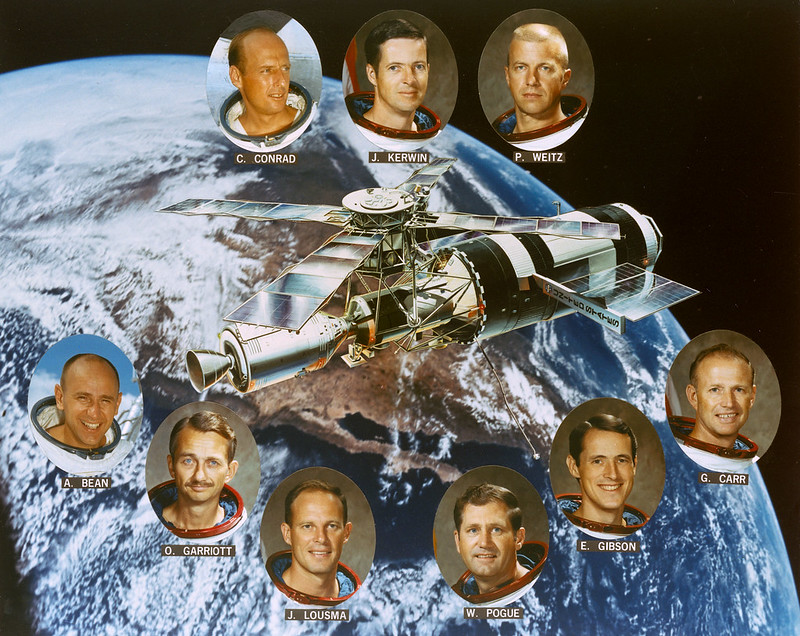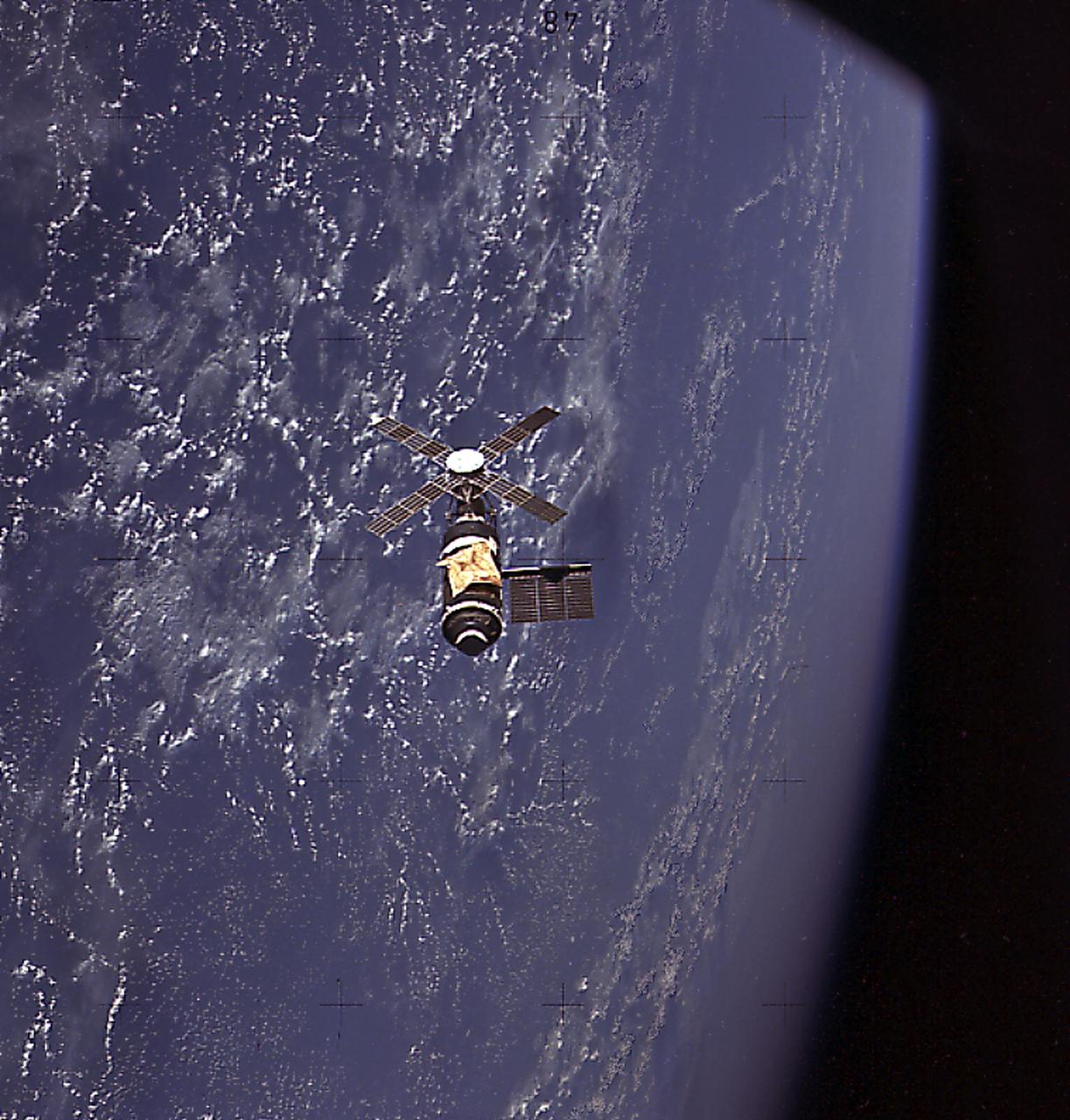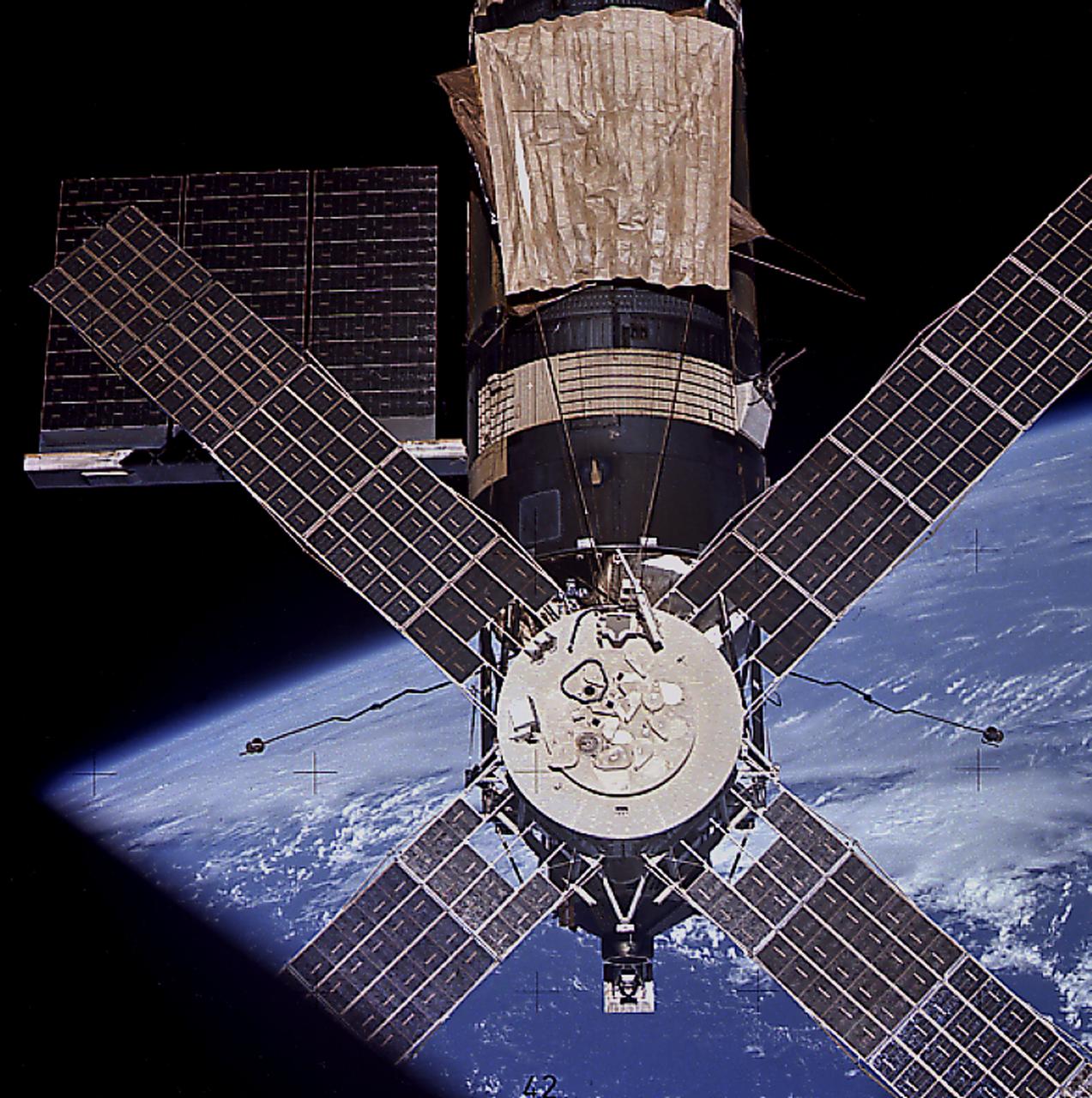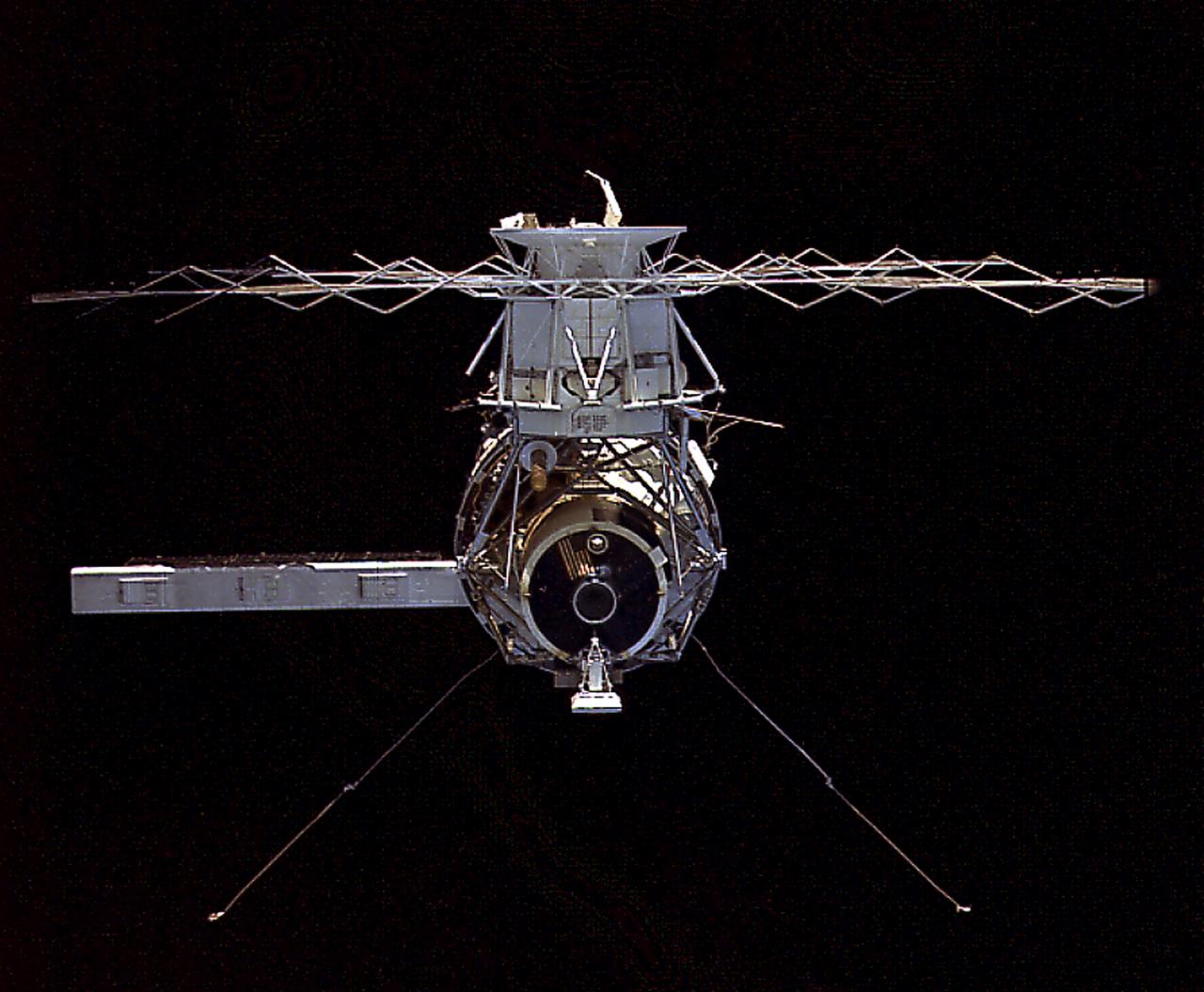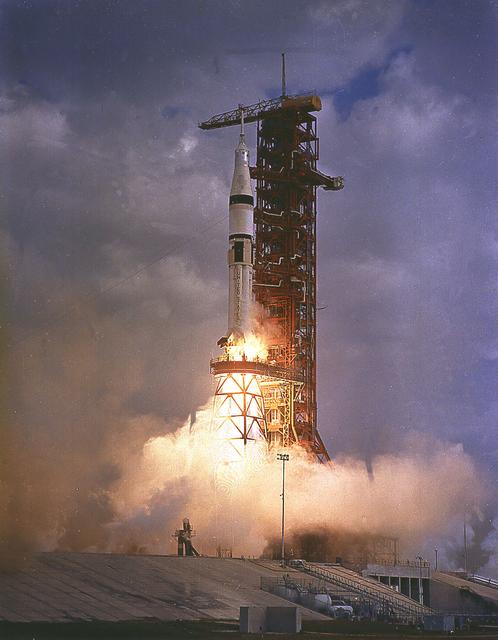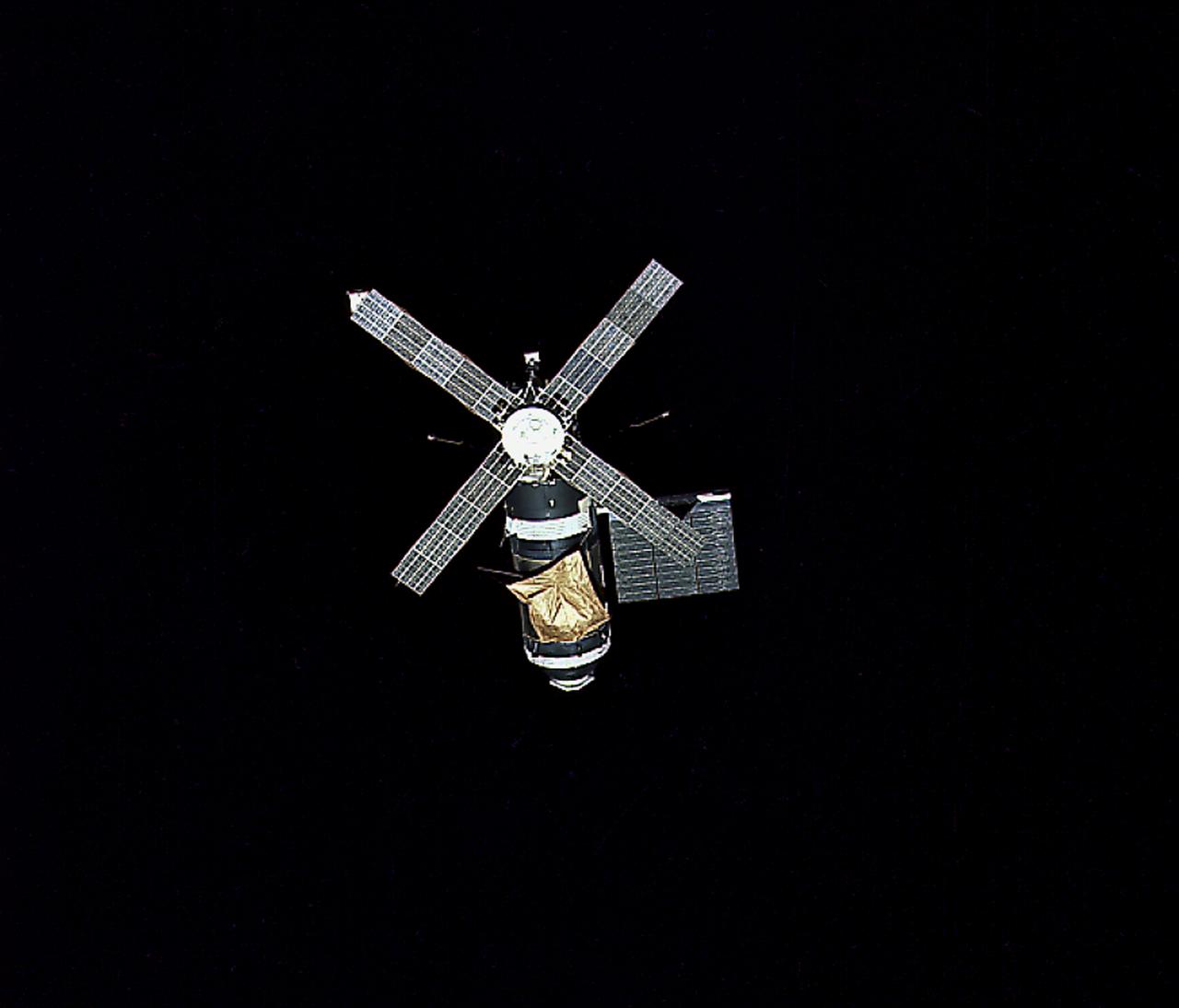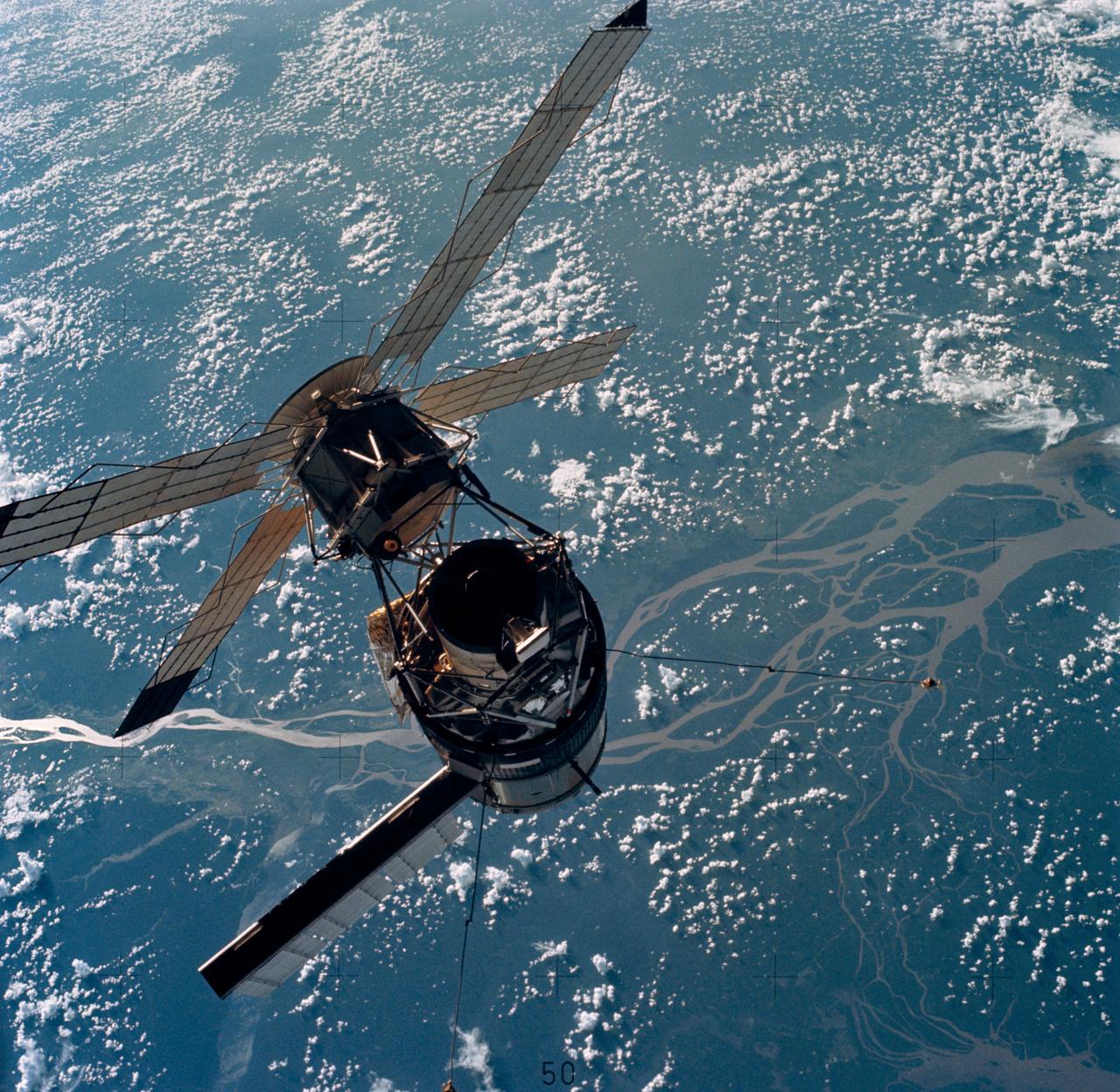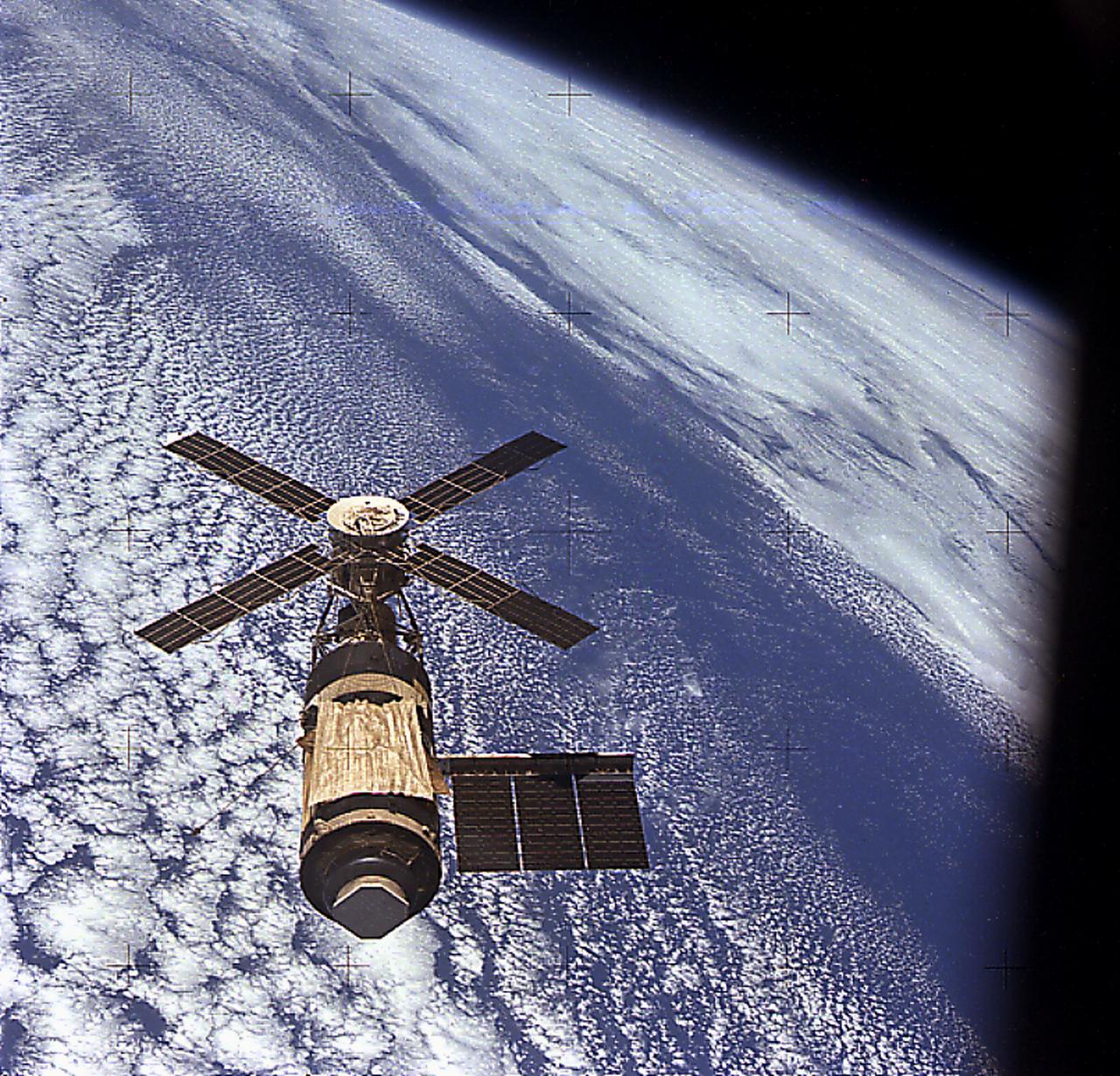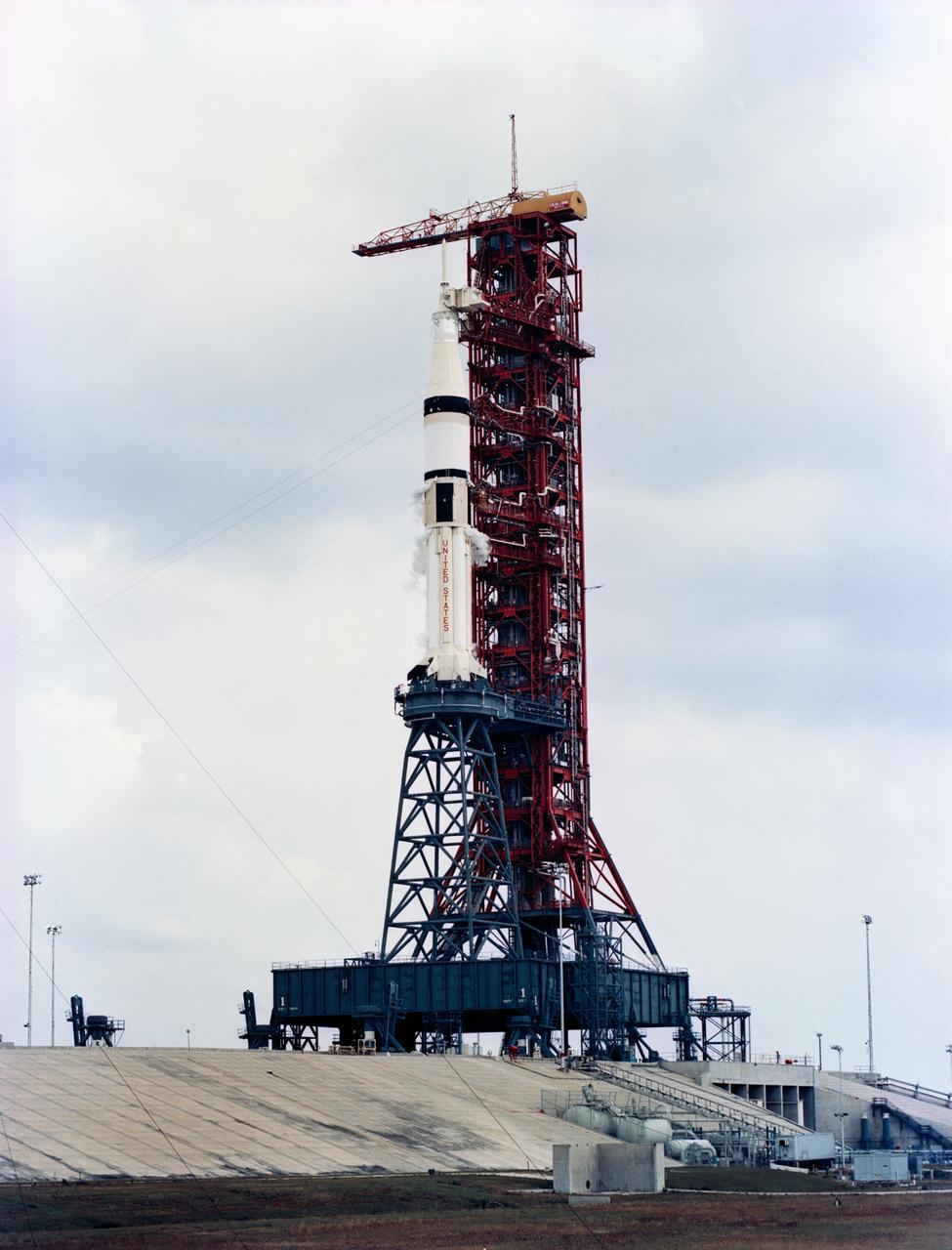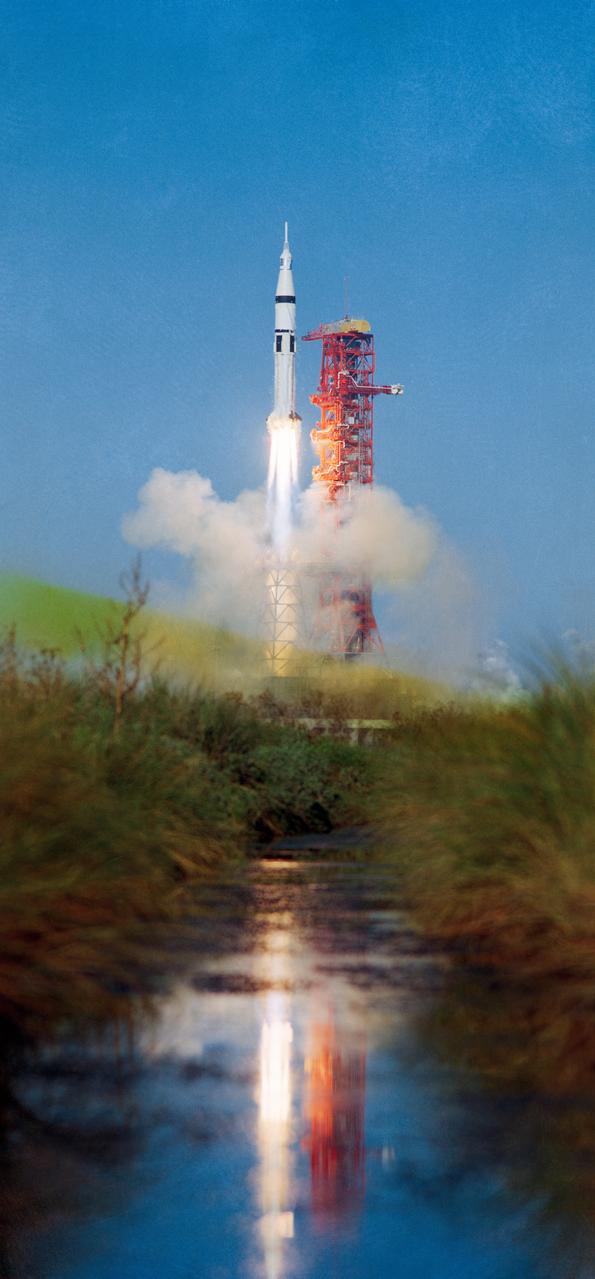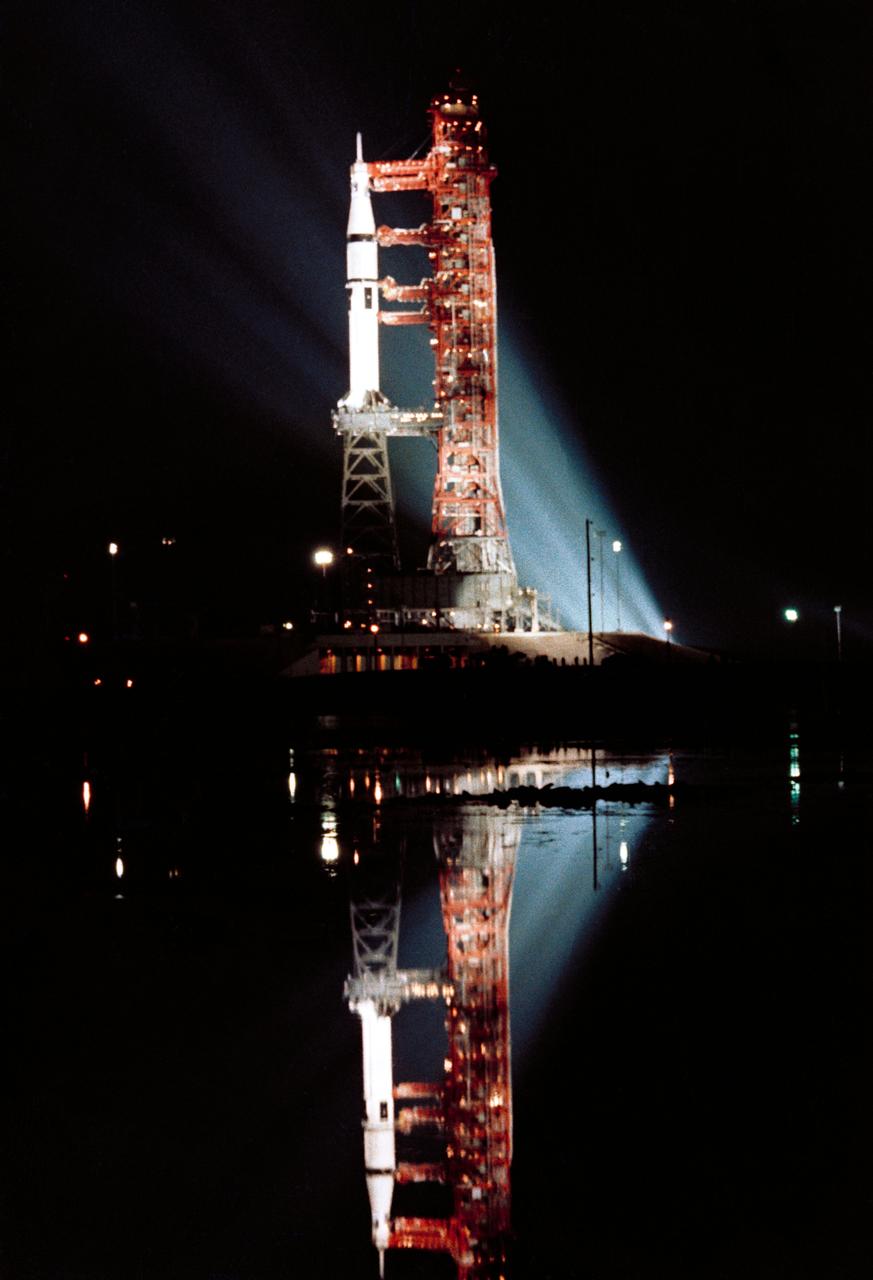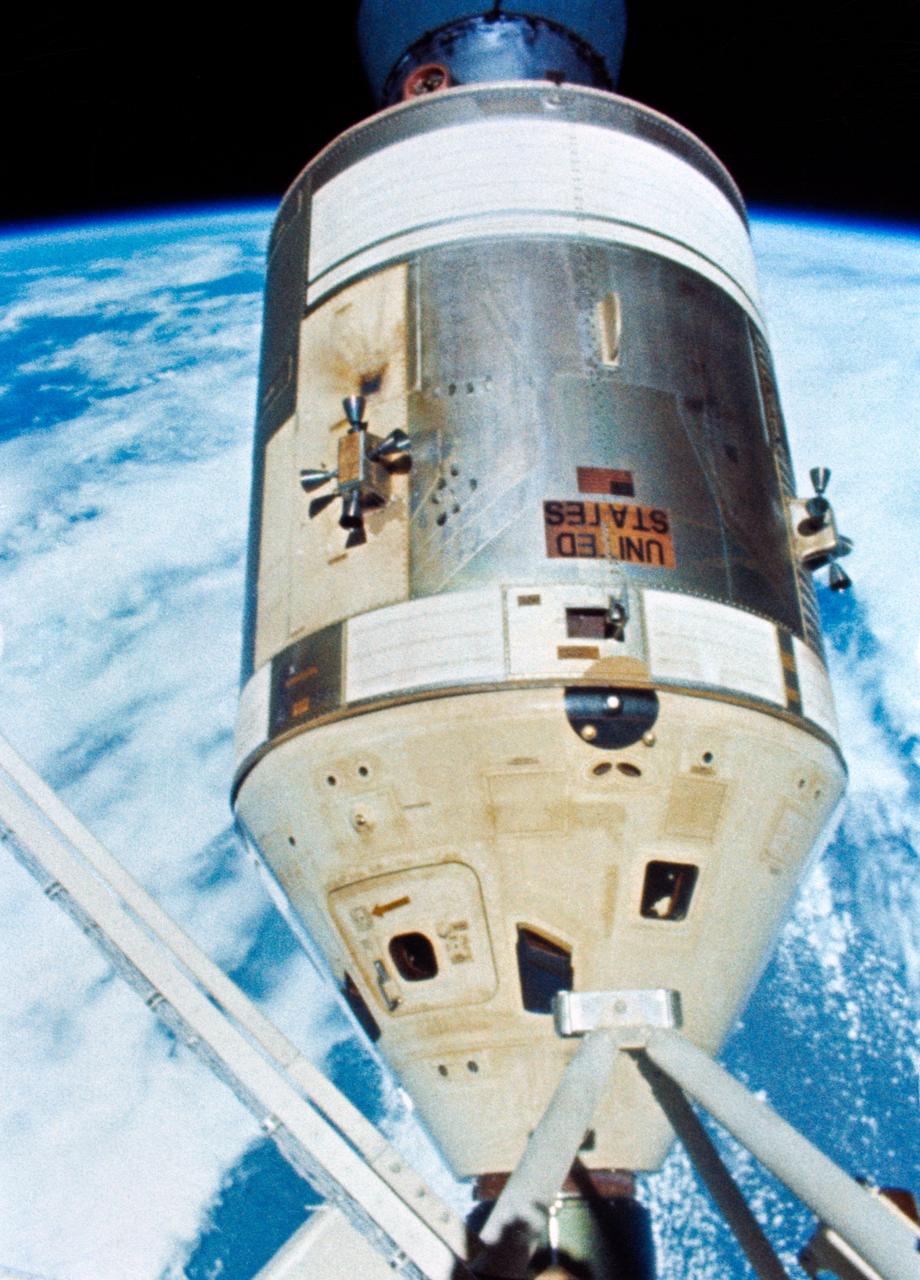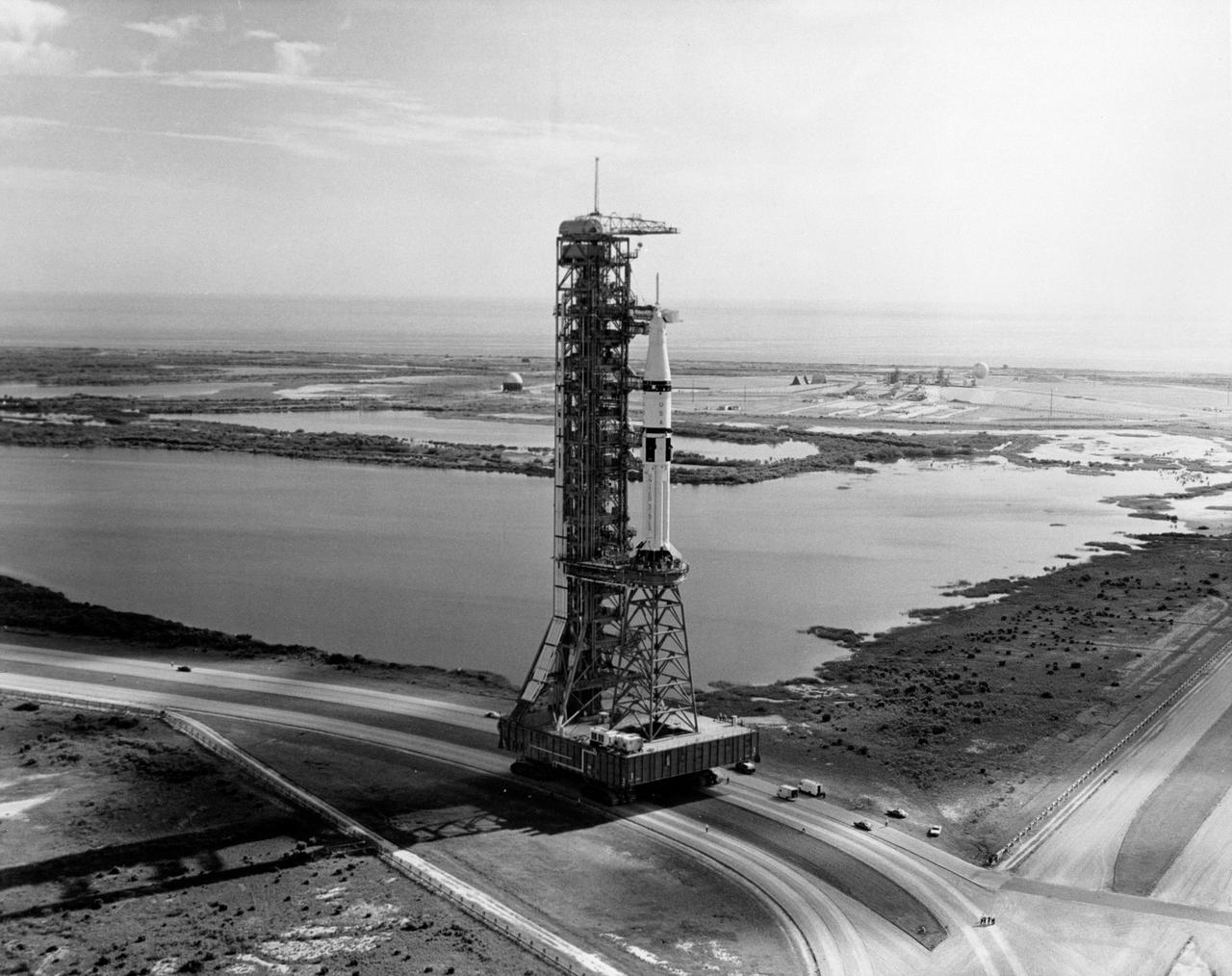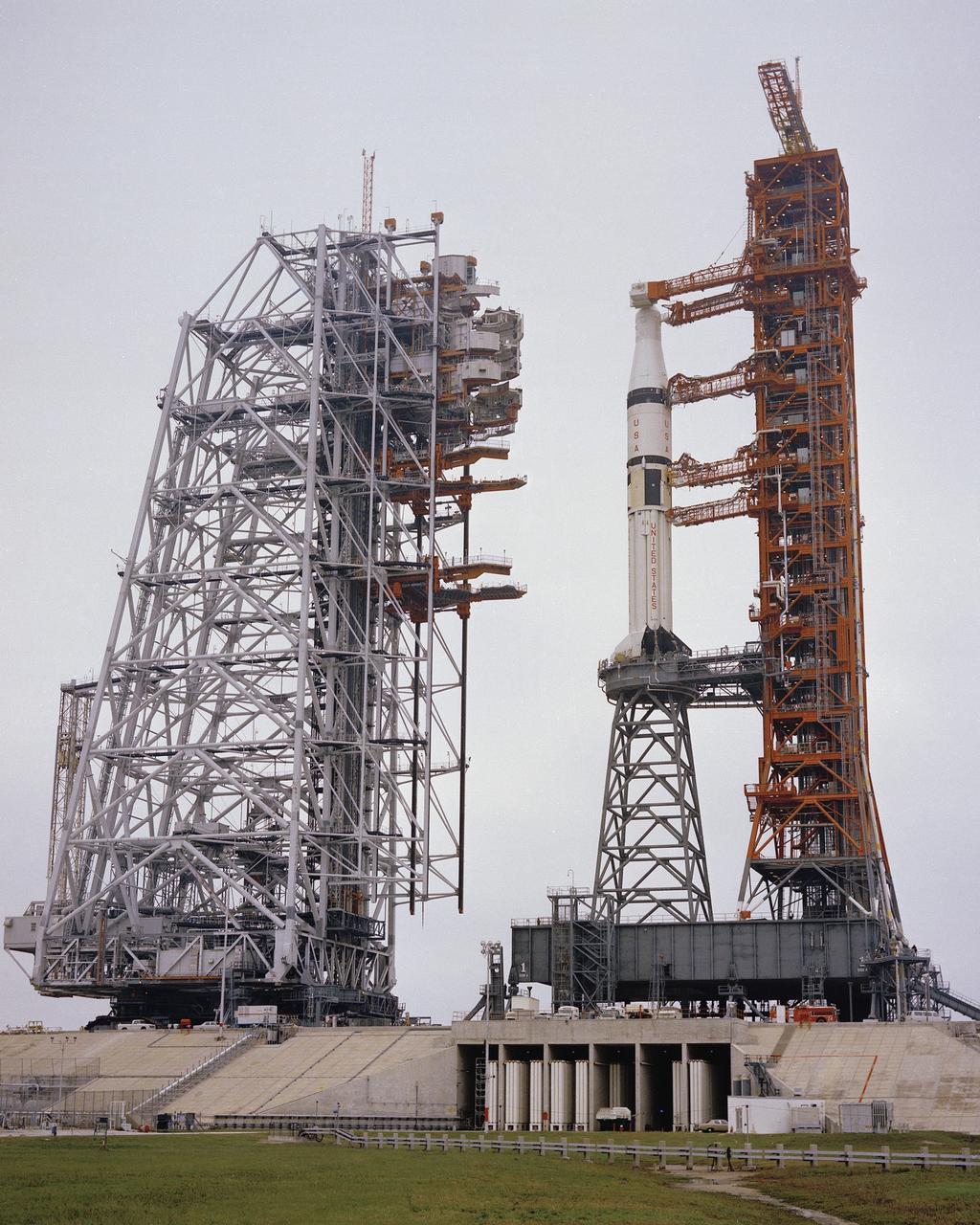Skylab 3 Fact Sheet
By Cliff Lethbridge

Skylab 3 (NASA Code: SL-3/AS-207/CSM-117)
Note: This mission is alternately referred to as Skylab II, since it was the second
manned Skylab mission. The official NASA designation was Skylab 3.
Launch Date: July 28, 1973
Launch Time: 7:11 a.m. EDT
Launch Site: Launch Complex 39, Launch Pad 39B
Launch Vehicle: Saturn IB AS-207
Command Service Module: CSM-117
Command Module Nickname: None
Crew:
Alan L. Bean, Commander
Jack R. Lousma, Pilot
Owen K. Garriott, Science Pilot
Back-up Crew: Brand (C), Lind (P), Lenoir (SP)
Mission Duration: 59 Days, 11 Hours, 9 Minutes, 4 Seconds
Number of Orbits: 858
Recovery Date: September 25, 1973
Recovery: U.S.S. New Orleans (Pacific Ocean)
Mission Summary:
The Skylab 3 mission started out as routine, but was not without in-flight high drama of its own.
Shortly after docking and entering the Orbital Workshop (OWS), all three crew members experienced motion sickness, delaying the activation of OWS on-board equipment.
A more serious concern was raised on Mission Day-5 (MD-5). An apparent failure of two of the four thruster quadrants of the Command Service Module (CSM) reaction control system was detected.
Not only could an actual failure like this create an early end to the mission, it also could conceivably render the CSM incapable of supporting a safe return of the astronauts to Earth.
Launch crews at the Kennedy Space Center were placed on a 24-hour per-day, seven day per-week work schedule to prepare the Skylab 4 Saturn IB launch vehicle for flight in case an early launch was needed for a rescue operation.
A decision was made to continue the mission, and although the Skylab 4 launch vehicle had been rushed to flight-readiness, the CSM performed flawlessly during re-entry operations.
On August 6, 1973 astronauts Garriott and Lousma performed a spacewalk which lasted 6 hours, 31 minutes. During this spacewalk, the astronauts were able to extend an external twin-pole thermal shield to replace the parasol thermal shield installed by the Skylab 2 crew. They also retrieved and replaced film from solar telescopes housed outside the OWS.
A second spacewalk by astronauts Garriott and Lousma was conducted on August 24, 1973. This one lasted 4 hours, 31 minutes. During this spacewalk, the astronauts retrieved and replaced film from solar telescopes housed outside the OWS and installed a cable for a new rate gyro package. They also performed some maintenance activities.
The third and final spacewalk of the mission was conducted on September 22, 1973. This one was conducted by astronauts Bean and Garriott and lasted 2 hours, 41 minutes. During this spacewalk, the astronauts retrieved and replaced film from solar telescopes housed outside the OWS and performed maintenance activities on other external experiment packages.
Scientific experiments, including the observation of unanticipated dynamic solar activity, continued for much of the 59-day mission. The crew participated in classroom-oriented educational demonstrations regarding weightlessness.
The Skylab 3 crew set a new manned space flight endurance record. Their in-flight health fared markedly better than the Skylab 2 crew, with the exception of the amount of bone calcium loss.
A significant demonstration of long-term space flight and the long-term viability of the OWS was successfully achieved.
SELECTED NASA PHOTOS FROM THE SKYLAB PROGRAM
